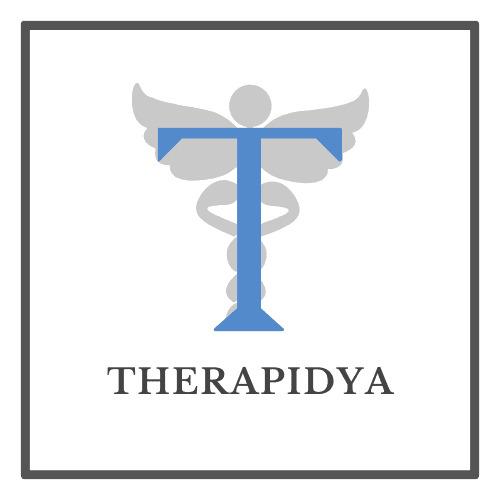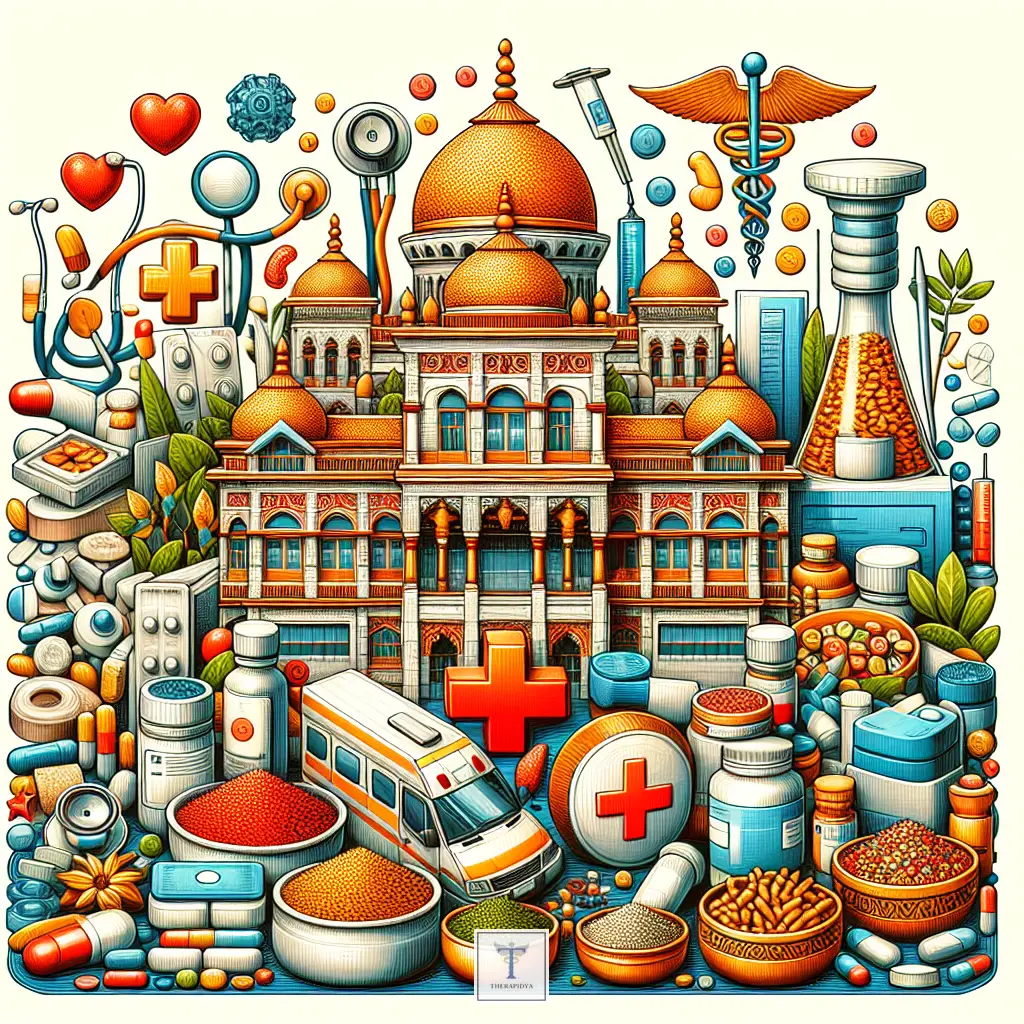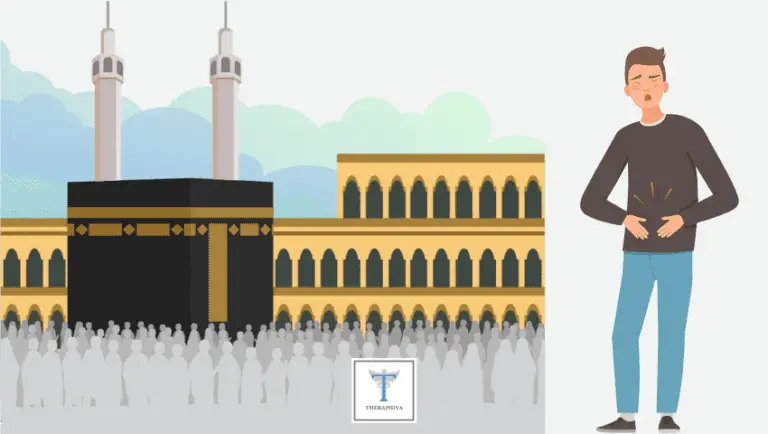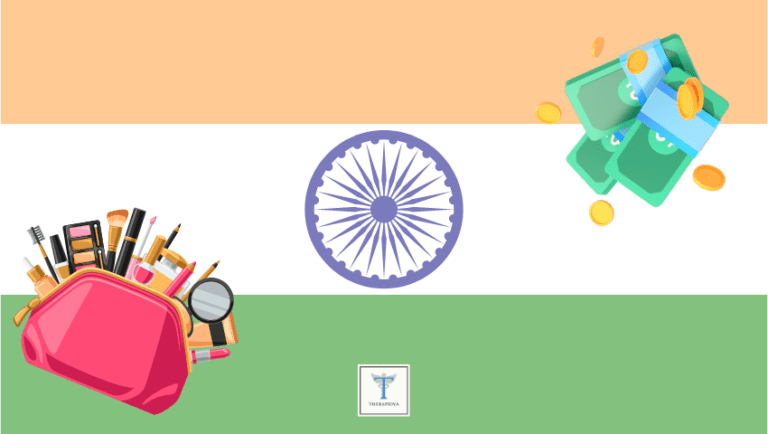Public vs Private: The Complex Dynamics of India’s Healthcare Ecosystem
Introduction to India’s Dichotomous Healthcare Landscape
India’s healthcare system is an intricate tapestry woven with the threads of public and private sector endeavors. The nation’s healthcare dynamics unfold like a tale of two worlds – one where the public healthcare sector, also known as ‘Sarkari’ hospitals in the vernacular, strives to provide accessible care to the masses, and the other where the private sector, referred to as ‘Niji’ clinics and hospitals, offers services with varying degrees of luxury and personalization. This multifaceted ecosystem pulsates with the complexity of an ancient civilization stepping firmly into modernity.
The Tale of Public Healthcare: Accessibility vs. Quality Dilemma
In the realm of public healthcare, the Indian Government has embarked on a noble quest to ensure that even the most impoverished ‘nagrik’ (citizen) has access to basic medical services. With an extensive landscape of themes like Ayushman Bharat and National Health Mission, the public sector healthcare narrative is one of ambition and social welfare. Public hospitals, often besieged by long waiting ‘katars’ (queues) and limited resources, are criticized for their quality of care. Yet, these institutions are havens for the common people, providing services at minimal or no costs. This sector narrates the stories of countless lives saved within the constraint of limited financial ‘bhandar’ (resources).
- The affordability and accessibility of public healthcare facilities
- The challenges faced in terms of infrastructure and personnel
- The indispensable role of government schemes and initiatives
The Private Healthcare Saga: A Symphony of Quality and Inequality
The private healthcare narrative weaves a starkly different story. With swanky hospitals and clinics that boast of cutting-edge equipment and plush waiting rooms, the ‘Niji’ players offer a quality of healthcare that often outstrips their government-funded counterparts. Theirs is a tale of premium services and a patient experience that stands testament to modern advances in medicine. However, the opulence in these corridors comes at a cost, often alienating the ‘aam aadmi’ (common man) with hefty bills. This sector, throbbing with the pulse of innovation, is also rife with stories of exclusion and financial distress caused by high out-of-pocket expenses.
- The dichotomy of high quality and high cost in private healthcare
- The innovation and modern treatment options offered by the private sector
- The issue of healthcare inaccessibility for the underprivileged in private settings
Regulatory Framework and Policy Measures
Central to this narrative is the regulatory framework that attempts to steer a balance between these two sectors. Indian healthcare policies are a complex maze where ‘Niti’ (policies) and ‘Kanoon’ (laws) intersect, each trying to both tend to the sprawl of public healthcare and rein in the excesses of the private sector. Schemes like the Pradhan Mantri Jan Aarogya Yojana (PMJAY) play a starring role in this act, offering health insurance to millions, bridging gaps and aiming to write a happier middle to this ongoing tale. There remains, however, a nuanced need for regulatory vigilance to ensure equitable healthcare delivery across socio-economic spectra.
- The balancing role of government regulations and norms
- The impact of national health insurance schemes on public healthcare affordability
- Private sector compliance with standards and ethical pricing
Public-Private Partnerships: The Hope for Harmonization
Public-Private Partnerships (PPPs) emerge as the potential protagonists in this complex saga, promising a fusion of public welfare and private efficiency. These alliances can be seen as bridges connecting the parallel narratives of public and private sectors, aiming to enhance ‘swasthya sevaon ki gunvatta’ (quality of health services). PPPs in healthcare aim to combine the strengths of both sectors – the reach of the public and the resources of the private – to weave an inclusive story for India’s health narrative.
- The benefits and successes of PPP models in healthcare
- The challenges in creating synergistic PPP collaborations
- Case studies of PPP initiatives that have improved healthcare delivery
Conclusion: Scripting the Future of India’s Healthcare
The Indian healthcare ecosystem is a fascinating chronicle of contrasts and convergences. From the bustling corridors of public hospitals to the high-tech environments of private medical centers, the complexities of India’s healthcare continuum demand a sophisticated approach. The ongoing chapters of this narrative should ideally revolve around innovation, policy reform, and partnership that stitch together this diverse quilt of ‘seva’ (services) into a fabric that drapes every ‘nagrik’ (citizen) with care and compassion. As the tale of public vs private healthcare in India continues to unfold, the quest lies in crafting a future where every individual can access quality healthcare – a ‘swasthya bhavishya’ (healthy future) that’s not just a dream, but a reality for all.







